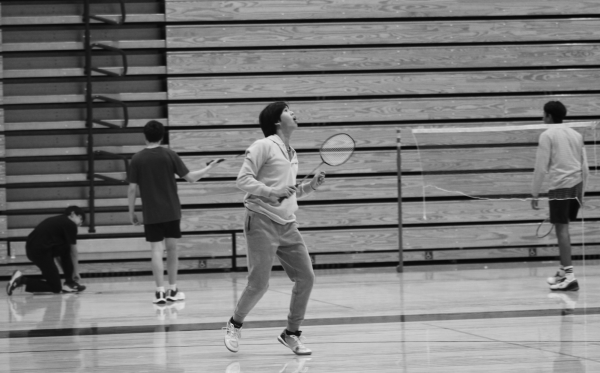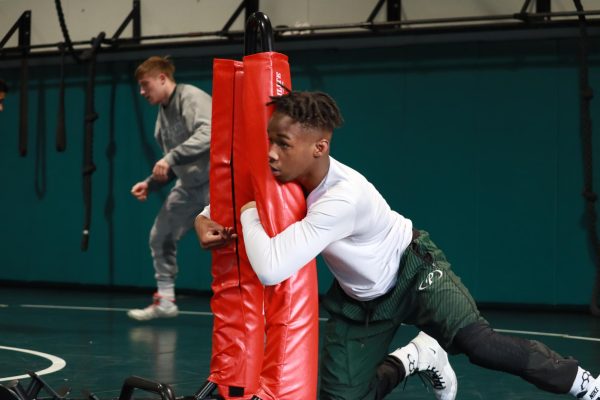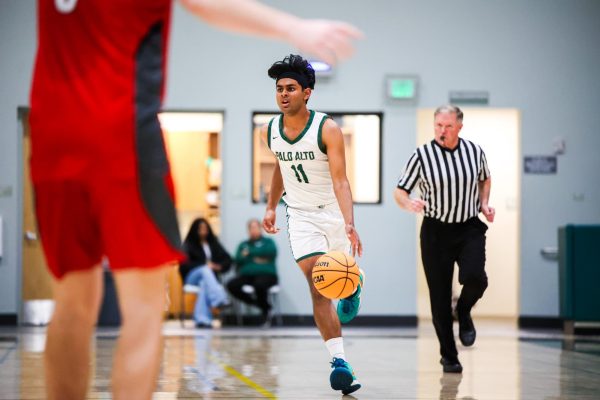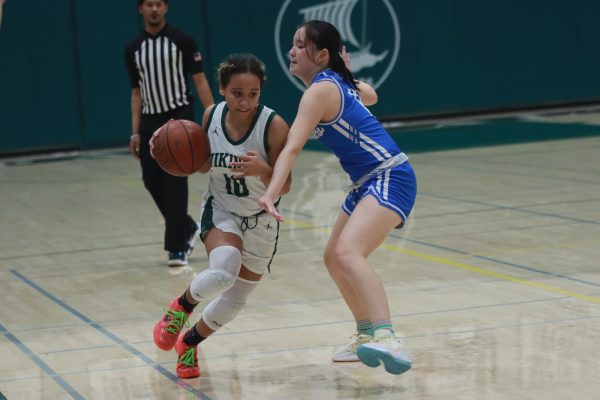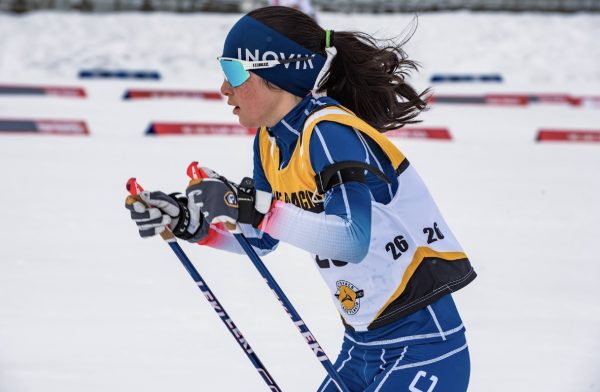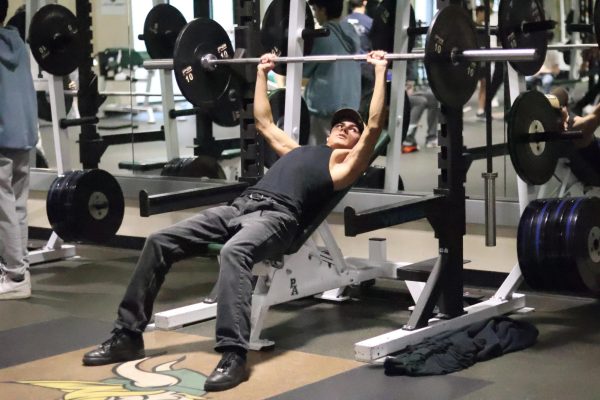Committed Athletes
In sports at Palo Alto High School, there are athletes, and then there are apparent god-like figures. The latter stand out by running faster, hitting harder and throwing further than the rest of their teammates. Their skills are often instrumental to their team’s success. Off the field, most of these athletes are normal students, subject to the same pressures and stresses that any other high schooler faces. In some cases, however, a student’s exceptional skill catches the colleges attention. Colleges may contact exceptional athletes and offer them positions on their school’s athletic teams. The catch to this is that student athletes must announce their obligation to that college, effectively denying all other college offers. If the student accepts the position, they become a committed athlete.
Because many athletes desire to compete at the college level, students must proactively contact colleges and advertise their skill in order to get college offers in the first place. Senior Jacey Pederson, who committed to University of California, Los Angeles (UCLA) in her sophomore year, said that she started looking at colleges in eighth grade. Throughout her freshman and sophomore year, Pederson attended soccer “identification camps,” which allow colleges to assess the athlete’s skill. After attending these identification camps, Pederson participated in a series of tournament showcases before colleges were willing to send in offers.
 Although committing is definitely beneficial to the student, colleges have a lot to gain from it as well. By securing top-notch players at an early age, colleges can structure their lineups so that incoming players replace the seniors that graduate. Asking students to commit at an early age is risky but potentially rewarding, depending on the athlete’s improvement over their two to three remaining years at high school.
Although committing is definitely beneficial to the student, colleges have a lot to gain from it as well. By securing top-notch players at an early age, colleges can structure their lineups so that incoming players replace the seniors that graduate. Asking students to commit at an early age is risky but potentially rewarding, depending on the athlete’s improvement over their two to three remaining years at high school.
“[Colleges] know if they want a good recruiting class they are going to need to start talking to the athletes earlier and earlier,” Pederson said. “It’s gotten to the point where they start talking to people while they are still freshmen.”
Once students accept the colleges offer, and become newly committed athletes, a variety of perks materialize. In the hypercompetitive and often overcrowded college system, a perfect unweighted 4.0 grade point average and high standardized test scores are not enough to guarantee every student a spot at his or her dream college.
However, when a student athlete commits to a college, the admissions requirements are somewhat padded. Pederson admits that she had an easier time getting into college compared to other students.
“There is a little bit of leeway in terms of grades and big test scores, but it’s not a lot,” Pederson said.
Additionally, committed athletes only have to send out applications to one school. While other seniors scramble to send out applications and get recommendation letters, committed athletes have the luxury of knowing which school they will be attending.
“Knowing which college I [am] attending is a big relief,” Pederson said. “I was just sure UCLA was the place I wanted to go to. It’s a great college, and I’m glad I will be playing soccer there.”
However, some committed athletes are not given a free pass in terms of grades, especially if the college competes at the Division II or Division III level. Alison Lu, a senior at Paly recently committed to Williams College.Because Williams College is at the Division III level, it cannot offer athletic scholarships even though admissions can be somewhat easier for committed athletes. Therefore, Lu has to have similar grades to that of a normal applicant and get into the college academically, despite being a committed athlete.
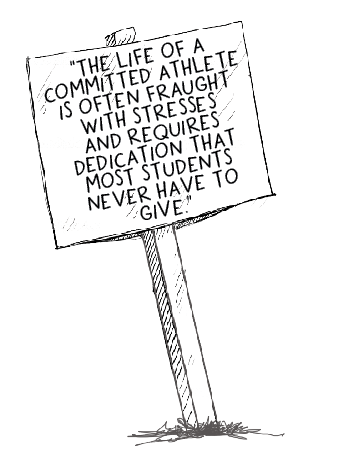 “They do a pre-read of all my grades and give me a set of standards I have to hit,” Lu said. “As long as I get those grades by first semester I will be able to get in.”
“They do a pre-read of all my grades and give me a set of standards I have to hit,” Lu said. “As long as I get those grades by first semester I will be able to get in.”
There are a set of stresses unique to committed athletes in regards to their athletic ability. Because most students commit during sophomore or junior year, there is an expectation that they will continue to improve their skills over the course of two years.
“There’s a lot of pressure on you to perform,” Pederson said. “I committed two years early and there’s an expectation that I need to improve and continue to play at a high level.”
If athletes are suddenly injured, or their athletic performance begins to drop off, admittance into the school becomes questionable. This apprehension persists past college admittance. If an athlete is injured and is unable to play, then their scholarship is revoked.
“I’m not really sure what happens if I get injured. I mean I’ll still apply but I don’t know what happens,” Lu said.
Balancing academics and sports practice is a major challenge all athletes face. Committed athletes often play for Paly and club teams to increase their skills. Attending two different practices after a 7-hour school day means that homework often stacks up, leaving little time for studying. For Lu, this is especially problematic as she has to maintain a 4.0 GPA throughout all of her classes. To compensate for the time that their sports require, both Pederson and Lu complete homework in between practices and on weekends. They agree that there is no room for procrastination and emphasize that the stress does not end because they have committed to a college.
“You can’t just not go to class or not do your homework because you are committed,” Lu said.
In order to keep her focus on school, Pederson has resolved to finish all homework before attending practice. This gives her motivation to finish assignments in a timely manner.
“I put academics above athletics. If my homework isn’t done then I can’t go to practice,” Pederson said.
Despite their similarities, the two soccer players have different goals in their lives beyond Paly. Lu chose to play soccer for a Division III college in order to focus on academics. Her career will end after college, and her studies will be the main focus of her time at Williams. Pederson, on the other hand, hopes to play for the National Women’s Soccer League (NWSL) after her four years at UCLA. Beyond that, she aspires to be drafted onto an international team and playing teams from around the world.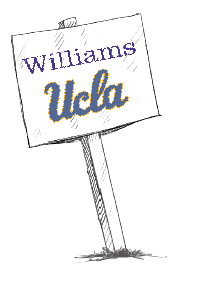
On the field, committed athletes appear to have it all. They are able to attend top-notch colleges despite average grades, and play the sport they love on a larger scale. However, the life of a committed athlete is often fraught with stresses and requires dedication that most students never have to give. Although committing to a college greatly changes student’s lives, their perception of the college race — and of Paly as a whole — does not change. In fact, student athletes are somewhat isolated from their friends, who have to go through the college process normally. As a result, having a strong support group is essential to committed athletes.
“One thing that hasn’t changed [after committing] is the constant support from my family and close friends,” Pederson said. “They treated me the same before and after I committed. I’m glad that they’ve always been there.”
Your donation will support the student journalists of Palo Alto High School's newspaper



